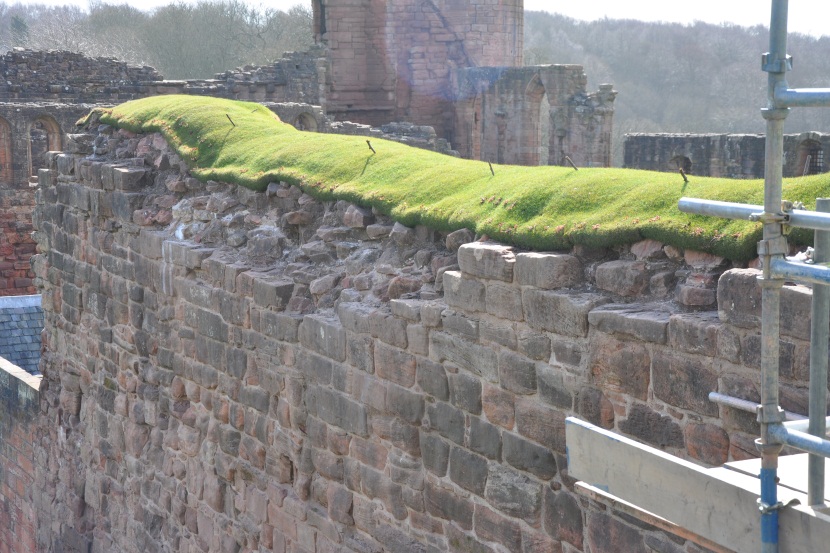Preserving historic structures with Historic Environment Scotland
Case Study CompleteDate added: 11/07/2016

Many of Scotland’s iconic monuments survive as unroofed standing structures with open wallheads and exposed historic masonry. Increasing levels of rainfall and extreme weather events can lead to erosion of the historic fabric and loss of structural integrity through processes such as water penetration, increased freeze-thaw cycles and damaging plant colonisation.
Historic Environment Scotland have undertaken trials of ‘soft-capping’ techniques at a number of sites across the country, applying an impermeable clay layer beneath living vegetation on wallheads and roofs.
Carefully selected slow growing vegetation types are designed to reduce rainwater runoff and withstand extremes of weather, requiring minimal maintenance. The results are both visually acceptable and technically appropriate for protecting some of Scotland’s most vulnerable historic structures.